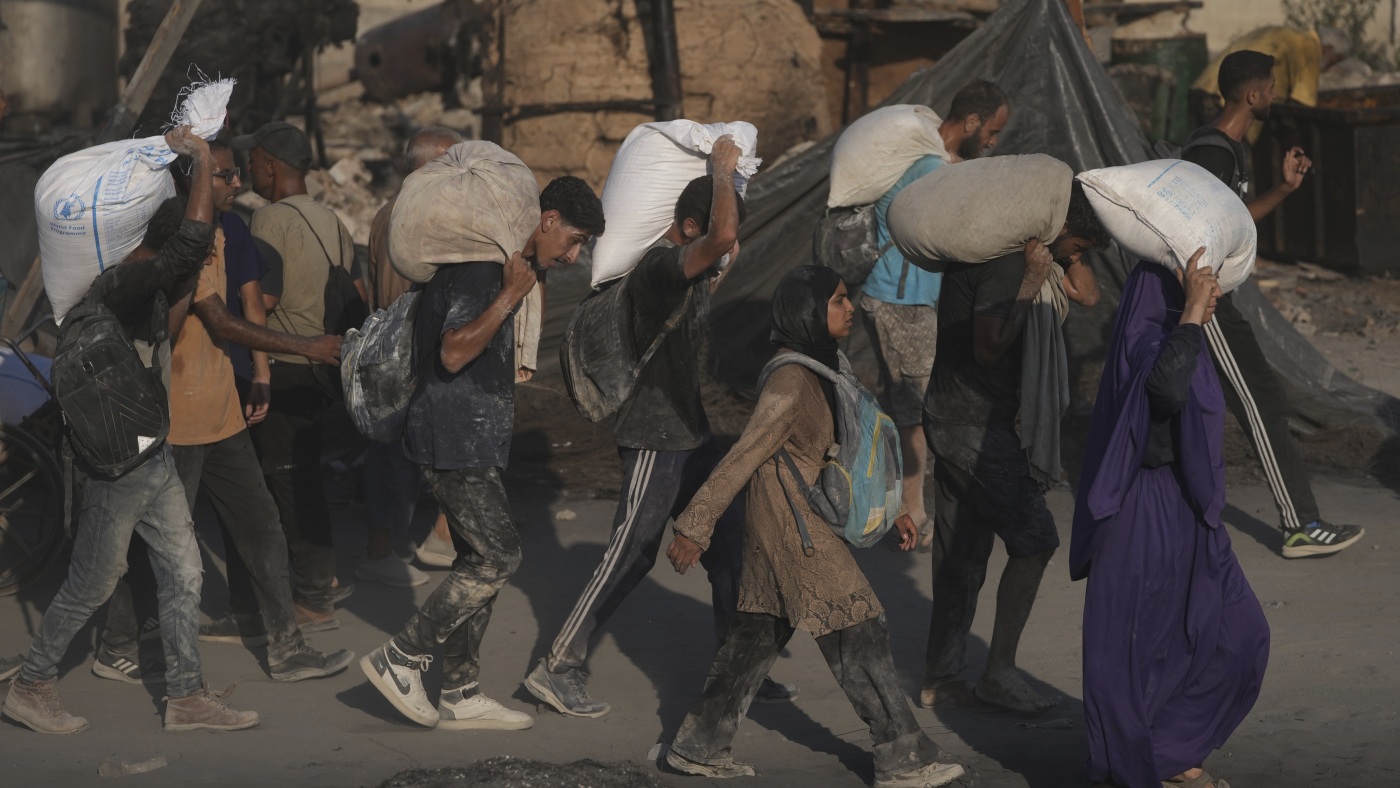Humanitarian Aid in Gaza: A Grim Situation
In Gaza, the humanitarian crisis continues to worsen. On a recent Saturday, Israel’s military announced that aid airdrops would begin, along with new corridors for United Nations convoys. This decision came after mounting reports of starvation-related deaths among Palestinians.
Experts had warned for months about the potential for famine due to Israeli restrictions on aid. Many innocent people have died while trying to reach food distribution sites. International criticism of Israel has intensified, even from its close allies.
While the military mentioned plans for airdrops, the specific locations remain unclear. They claimed to be ready for humanitarian pauses in areas with high civilian populations. Yet, they maintain that combat operations against Hamas continue. They assert that there is “no starvation” in Gaza, despite the reality that over 2 million people live in dire conditions and largely depend on aid.
Eyewitness accounts from Gaza paint bleak pictures. Health workers are collapsing due to hunger, struggling to provide care. Families are desperate, with parents showing their malnourished children to the media. Reports suggest that wounded people are taking perilous risks just to access aid.
Recent statistics reveal a tragic toll: at least 53 lives were lost in a single night, with many killed while desperately seeking food aid. Civilian casualties have surged, especially near aid sites. For example, crowds gathered at the Zikim crossing, thinking help was on the way, only to be met with gunfire from Israeli soldiers.
Jordan and the United Arab Emirates have requested airdrops focused on essential items like food and milk formula. However, Philippe Lazzarini from the United Nations’ refugee agency cautioned that airdrops are often expensive and inefficient. They may even worsen the situation by causing misdirected targeting or injury to civilians.
Currently, Israel states that it permits unlimited aid trucks into Gaza, yet U.N. officials argue that military restrictions hinder their operations. Just this week, around 250 trucks of aid were reportedly allowed in, a fraction of the 600 daily that arrived before a recent ceasefire.
Public sentiment is shifting. Over 100 humanitarian and rights organizations have called for an end to the conflict. They criticize the blockade and its impact on civilians, noting that a staggering number of Palestinians—over 1,000—have died since May while trying to access food. Starvation is creeping into families, with children beginning to suffer irreversible harm.
Ceasefire discussions between Israel and Hamas have stalled, raising fears for hostages held captive since the conflict began. Families plead for urgent resolutions, as many cannot afford to wait for yet another round of talks.
The situation seems dire, with no immediate solutions in sight. For the residents of Gaza, every day is a struggle to secure the basic necessities of life.
To get a deeper understanding of the ongoing crisis, the U.N. reports its casualty data from Gaza as an essential resource.
For recent updates, you can follow reliable news sources like AP News and the United Nations website.






















